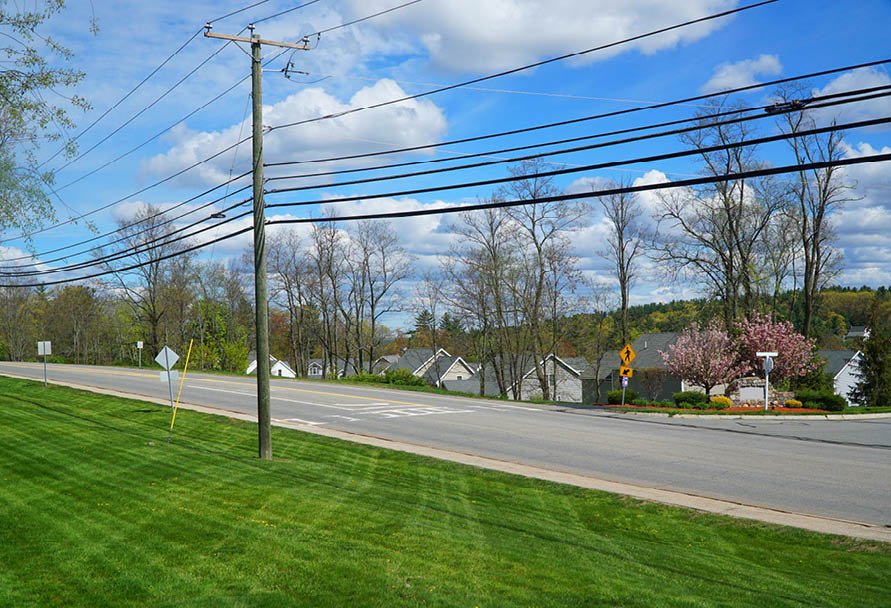Pole inspection

We take our commitment to providing safe, reliable service seriously. One of the ways we do so is by regularly inspecting our wood utility poles.
This year we will inspect approximately 13,500 wood poles in South Dakota, Wyoming and Colorado.
Mi-Tech and Davey Resource Group have been contracted by Black Hills Energy to inspect our wooden utility poles. Regular inspection of our utility poles allows us to identify potential areas of damage or decay within a pole while also allowing us the opportunity to apply a treatment which can help extend the life of a pole considerably.
Some of our utility poles are located on customer property so Mi-Tech and Davey Resource Group may need to enter your property to perform this work. Mi-Tech and Davey Resource Group employees will carry identification and have a contractor logo and a Black Hills Energy logo on their work trucks. Work vehicles which can include trucks and UTVs will have a logo identifying them as “Contracting for Black Hills Energy.”
Employees will also be outfitted with fluorescent safety vests and hard hats.
Why we’re inspecting
Wood is a common material used for electric poles because it is strong, durable and relatively inexpensive. However, wood is also susceptible to decay and damage from insects, weather and other factors. As a result, it’s important to inspect wood electric poles regularly to ensure that they are safe and reliable.
Here are some of the common methods used to inspect a wood utility pole:
- Excavation: Excavation of a wood pole typically extends 8 to 10 inches from the pole and is roughly 18 inches deep. This method helps identify any potential external rot or decay that may be forming at the base of the pole.
- Sounding: Sounding of a wood pole is performed by an inspector sharply rapping the pole with a metal hammer to listen and feel for areas within the pole that may present potential internal decay.
- Boring: Boring of a wood pole is performed by an inspector drilling into the pole to further investigate the internal integrity of the pole.
- Treatment: There are many different treatment types that may be applied to help extend the life of the pole by the inspector. The treatment(s) applied will depend on the results of the inspection methods performed above.
A pole inspectors’ main objective is to thoroughly examine each wood pole to determine if the pole has been affected by any external factors and how much those external factors will affect the poles serviceable life. External factors that can affect a poles serviceable life may include:
- Weather damage: Weather, such as sun, wind and rain, can cause the wood to rot or weaken.
- Vehicle damage: Poles can become damaged or weakened after being struck by many kinds of vehicles including cars, trucks, lawnmowers and tractors.
- Wildlife damage: Poles can become damaged or weakened due to animals and insects such as woodpeckers, voles, cows and termites.
- If an electric wood pole is found to be damaged or decayed, it is crucial to have it repaired or replaced as soon as possible. Failure to do so could result in a power outage, a fire or other serious consequences.
- If an inspector finds any of these problems, the pole will be repaired or replaced. The type of repair needed will depend on the severity of the problem.
Here are some of the common repairs that can be made to wood electric poles:
- Reinforcement: Reinforcement is a more complex repair that includes the installation of a steel beam which can be used to return a damaged pole back to its original strength
- Replacement: Replacement is the most expensive option, but it’s also the most effective way to ensure the safety of the pole.
Please contact our customer service team online or by phone at 888-890-5554 with any questions or concerns.